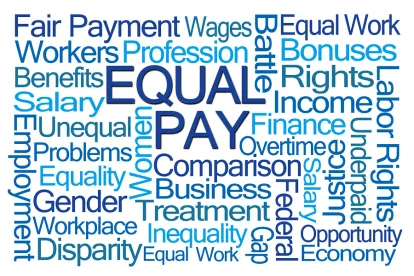Pay equity between men and women – and among different races – has long been a concern for employers who want to ensure they are paying people according to job-related reasons, in compliance with anti-discrimination laws, and in a way that aligns with the organization’s practices and philosophies. In the midst of the #MeToo and Time’s Up movements, pay equity has taken a front seat in the public dialogue.
More than ever, employers want to take a close look at their compensation. Employers may seek to identify and prevent Title VII liability; proactively analyze location-specific data that OFCCP would analyze in an audit; or determine liability in a specific state in this current climate of patchwork state legislation, for example.
But employers are not always sure where to begin.
The good news is the information needed for a robust pay analysis is usually already available, in the form of data collected for other business reasons. Examples of data that may be used include:
- Hire date
- Time in current position
- Tenure
- Geographic location
- Exempt status
- Job title
- Job family
- Job level
- Cost center
- Department
- Number of direct reports
- Whether acquired from another company
- Base salary
- Incentive pay
- Bonus pay
- Other pay
The precise type of pay analyses that might be conducted using some or all of these variables depends upon the employer’s unique issues and goals. Logistic regressions – the gold standard of pay analyses – are possible where groupings are sufficiently large, but other statistical tests can be effective as well.
Regressions can help employers identify unexplained pay differences, and identify monetary adjustments to address any gaps.




 />i
/>i

